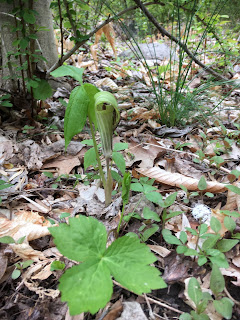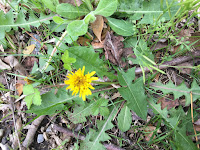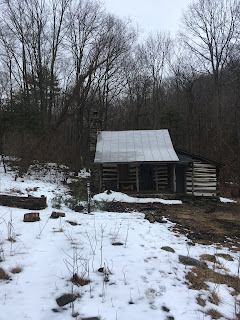Spring... in praise of wildflowers and merkels

L-R flowers - Jack-in-the-Pulpit (Arisaema triphyllum) Dwarf Ginseng (Panax trifolius) There is no piece of music, ever, more reflective, more perfect to the emotions of spring in the mountains, than Aaron Copeland's "Appalachian Spring". While the music is inspired by the springtime awakening and rituals in Pennsylvania's Amish heartland, anyone who goes out, into the mountains, to "feel the season" cannot help but be moved by the music. Smelling the smells; seeing the rebirth of the woods and fields.. allowing themselves to be immersed in the miracle of it all... ...the simple musical themes that bring grace and wonder, over and over and over, until, just like the mountains, there is nothing but life in all its vibrant shades and colors, everywhere. The magnificent simplicity of life. Yes, Appalachian Spring is a thing of wonder and beauty. Fly Poison (Amianthium muscitoxicum) Day to day, week by week, the hills come alive m...



